Tooth Forceps Fig #1, also known as Upper Incisor and Canine Forceps, are specialized dental instruments designed for extracting upper front teeth, specifically incisors and canines, in an atraumatic manner.
Key Features:
- Beaks:
- Slender and tapered to match the conical shape of incisors and canines.
- Smooth, atraumatic edges minimize tissue damage during extraction.
- May have single or multiple cusps for gripping different tooth surfaces.
- Shanks:
- Relatively short and straight for improved control and visibility.
- May have an angulation for easier access to specific teeth.
- Handles:
- Ergonomically designed for comfort and grip.
- May have finger holes or serrations for better control.
Uses:
The primary use of Tooth Forceps Fig #1 is the atraumatic extraction of:
- Upper incisors: Central incisors, lateral incisors.
- Upper canines: Cuspid teeth.
- Additionally, they can be used for:
- Removing root tips of upper front teeth.
- Sectioning upper front teeth before extraction (rarely).
- Elevating partially erupted upper front teeth.
FAQs
1. What are the advantages of Fig #1 forceps over other extraction instruments?
- Specificity: Designed specifically for upper front teeth, reducing risk of damage to neighboring teeth and tissues.
- Atraumatic design: Smooth edges and precise beaks minimize tissue trauma during extraction.
- Control and visibility: Short, straight shanks offer good control and clear view of the extraction site.
2. What are some risks associated with using Fig #1 forceps?
- Root fracture: Can occur if the tooth has weak roots or the extraction force is excessive.
- Gum tissue damage: Improper placement of the beaks can injure surrounding gums.
- Alveolar bone damage: Excessive force or leverage can damage the bone socket.
It’s crucial to discuss potential risks with your dentist before any extraction procedure.
3. Who is a good candidate for Fig #1 forceps extraction?
Most individuals needing upper incisor or canine extraction can benefit from Fig #1 forceps, especially if:
- The teeth are not severely broken down.
- The roots are healthy and not excessively curved.
- The teeth do not have deep impacts or fusions to the jawbone.
4. What is the recovery time after using Fig #1 forceps?
Recovery varies depending on individual factors and extraction complexity. Expect:
- Mild pain and swelling for a few days.
- Potential discomfort while eating or speaking.

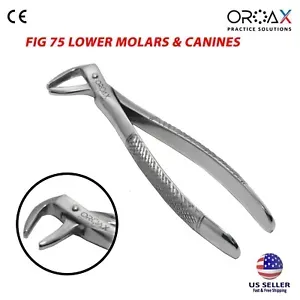
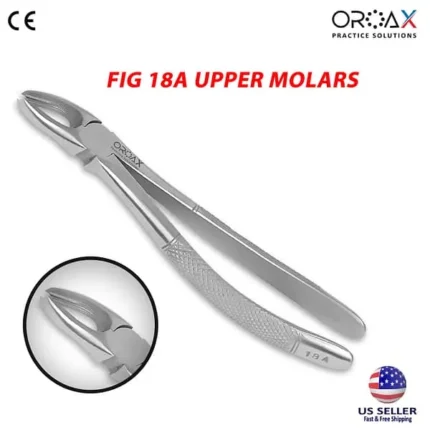

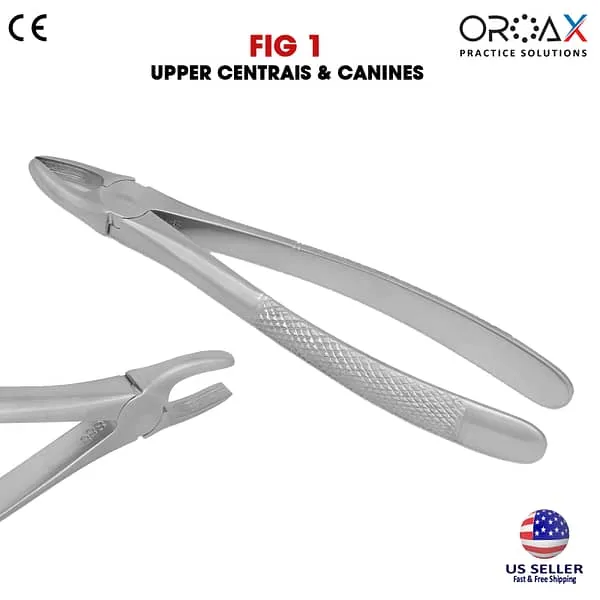

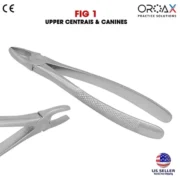




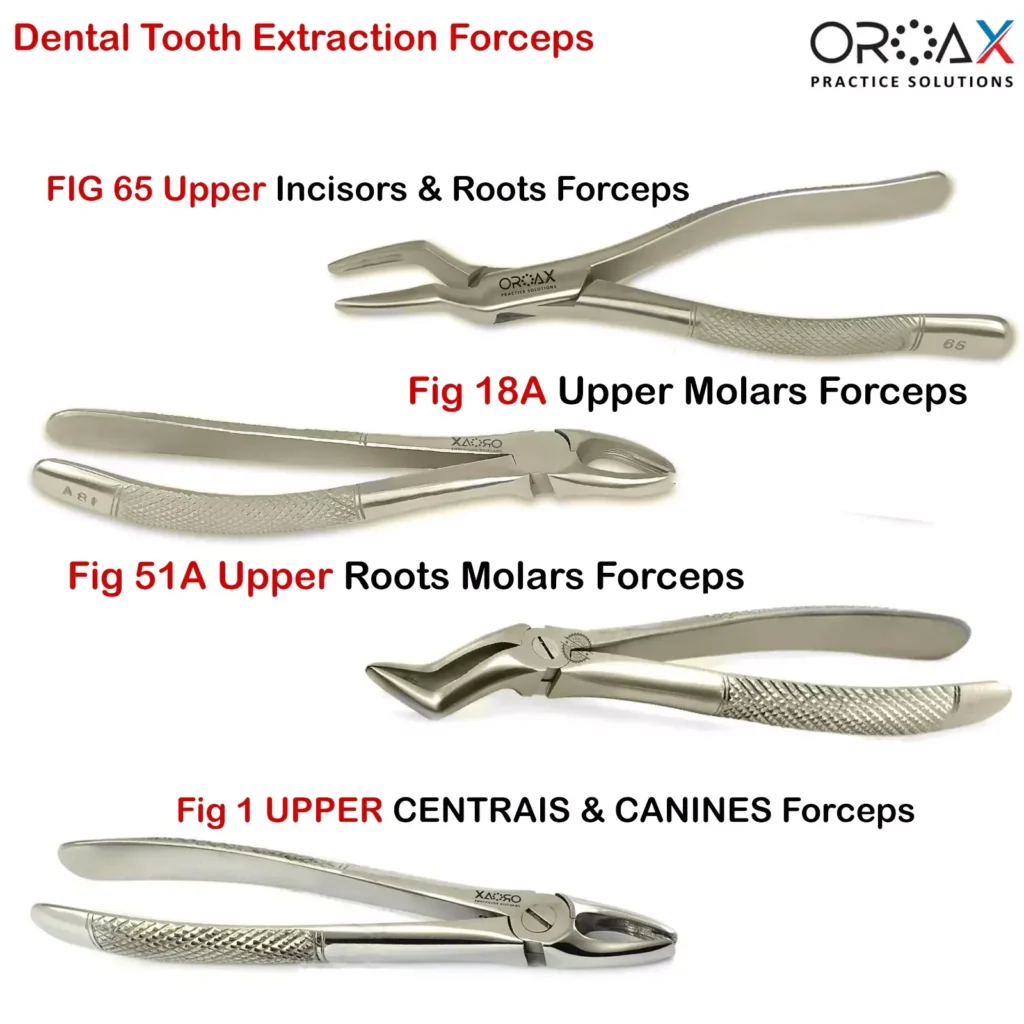


Reviews
Clear filtersThere are no reviews yet.